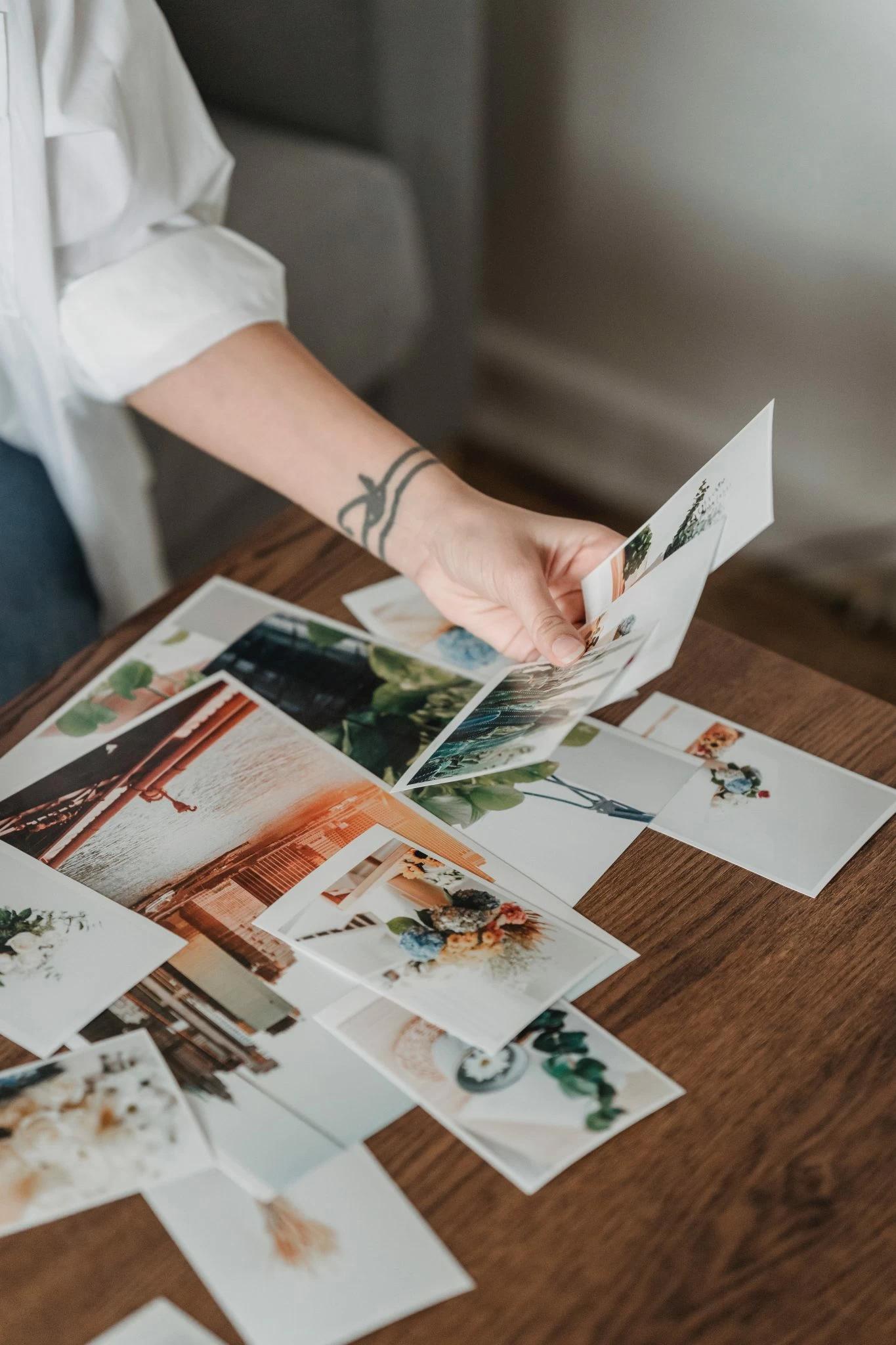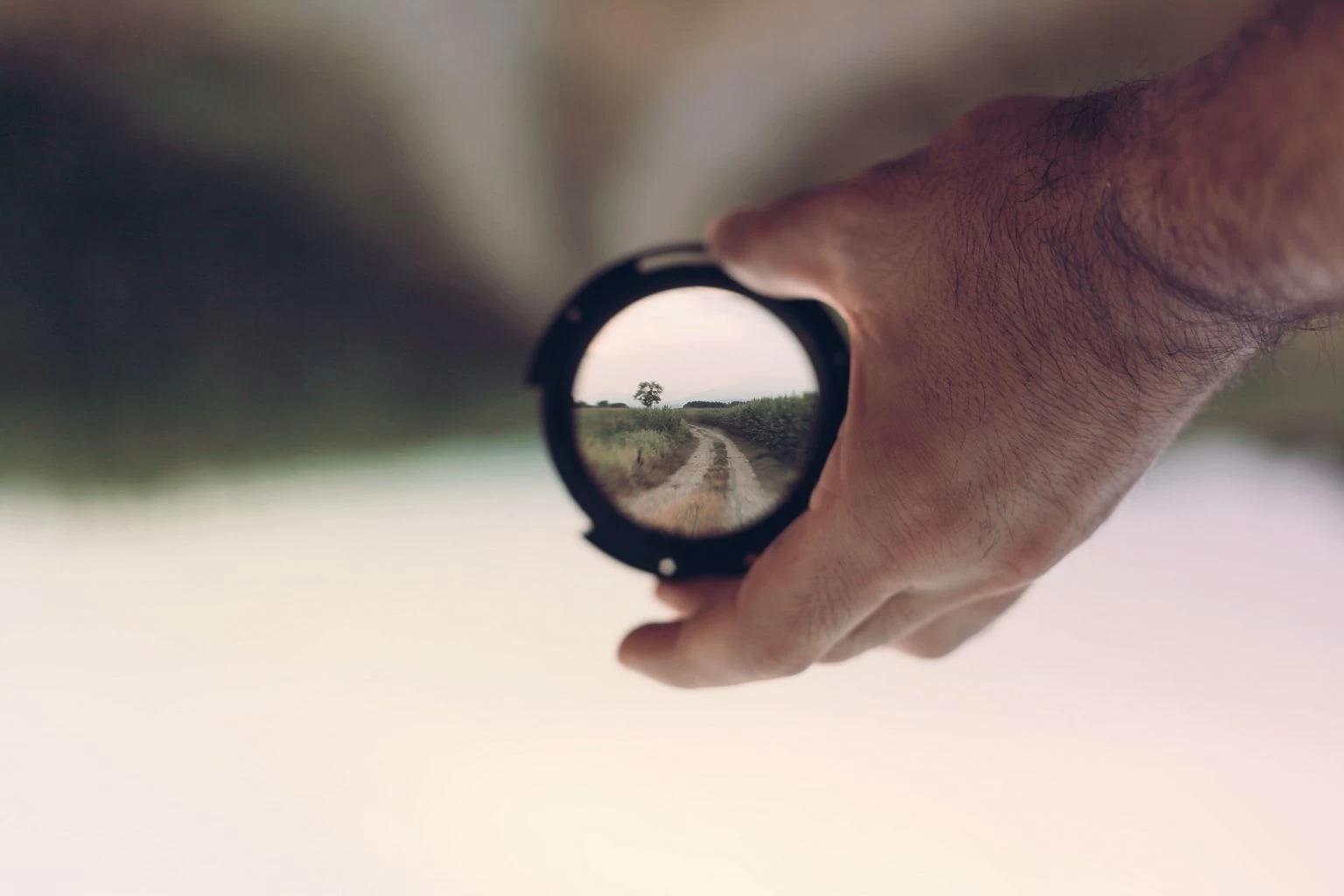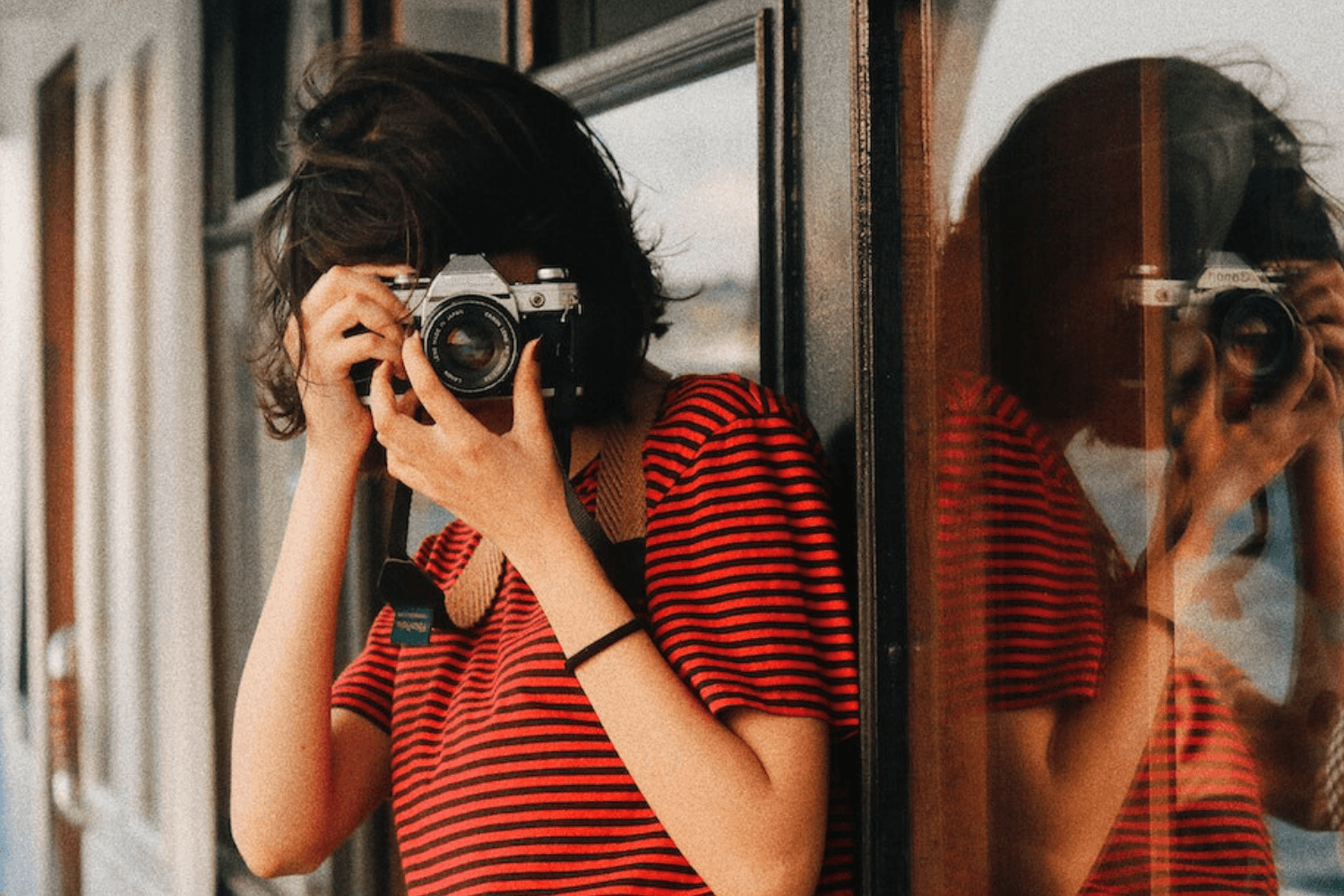Erik McGregor: from Peruvian Landscapes to the New York Protest Scene
Yvan Cohen
Tue Aug 10 2021
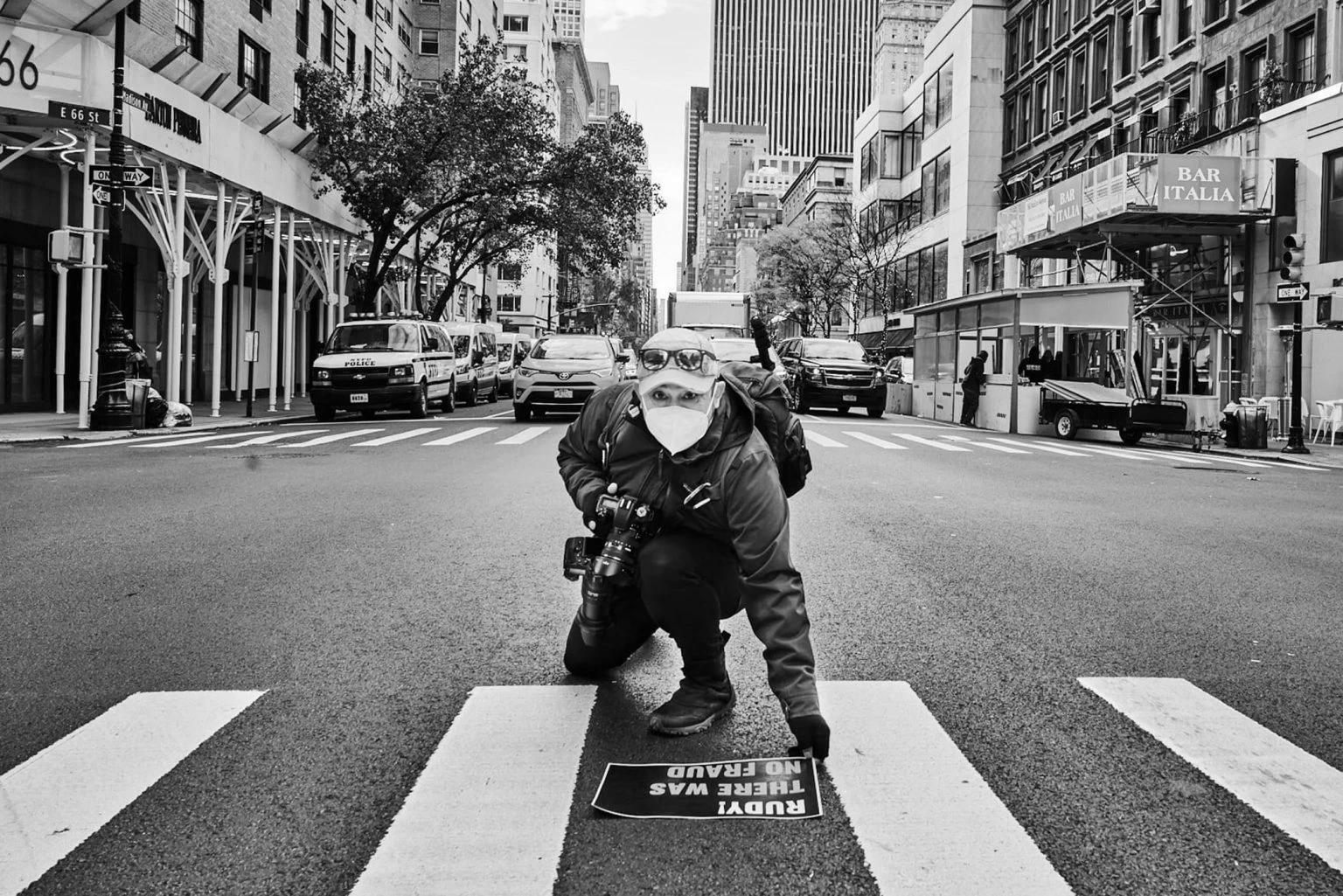
One of the beautiful things about photography is that you can be a great photographer without earning a living from it. Photography is first and foremost a form of expression and a way of relating to the world.
New York based LightRocket photographer Erik McGregor is a classic example of a photographer whose passion was sparked almost by chance before gradually evolving, over a couple of decades, into a skill that is now paying his bills.
Originally from Peru, Erik recalls that it was an ex-girlfriend’s insistence he should give photography a try that started him on his journey.
The two would go hiking in the mountains close to Lima and take landscape images. “She gave me my first camera which was a manual Zenith and started giving me assignments. She taught me about the rule of thirds and how a composition should lead the viewer into the picture. That is how I learned landscape photography.”
Erik’s early initiation into landscape photography planted the seeds of a photographic career that would begin blossoming over the coming years. “Those first six months were like a photography bootcamp,” says Erik. “She was trying to help me develop a different way of seeing the world.”
As an IT consultant, Erik moved from Peru to California in 1996, and then to New York, in 2002. Erik still had his day job but had already graduated from his clunky Zenith to a Panasonic Lumix point-and-shoot. The Lumix stayed at his side for almost a decade. “In those days I would just shoot sunsets and flowers and birds. The Lumix had such a great Leica lens, I didn’t feel the need to have a professional DSLR.”
“For 20 years I had a corporate job with a pay check. I’d just post on social media. People would like my work and sometimes ask to buy prints.”
By 2009, in the wake of the 2008 economic meltdown, Erik’s interests were already starting to shift in ways that would send his photography in a completely new direction and eventually launch his professional career.
“I joined a bicycle collective and started shooting on the streets, which was different for me. Suddenly, I went from landscapes to photographing people. I quickly discovered that I can’t shoot portraits or weddings where I have to ask people to pose. So, in a way, I started to photograph people like landscapes. I worked with what I could see, rather than trying to interfere.”
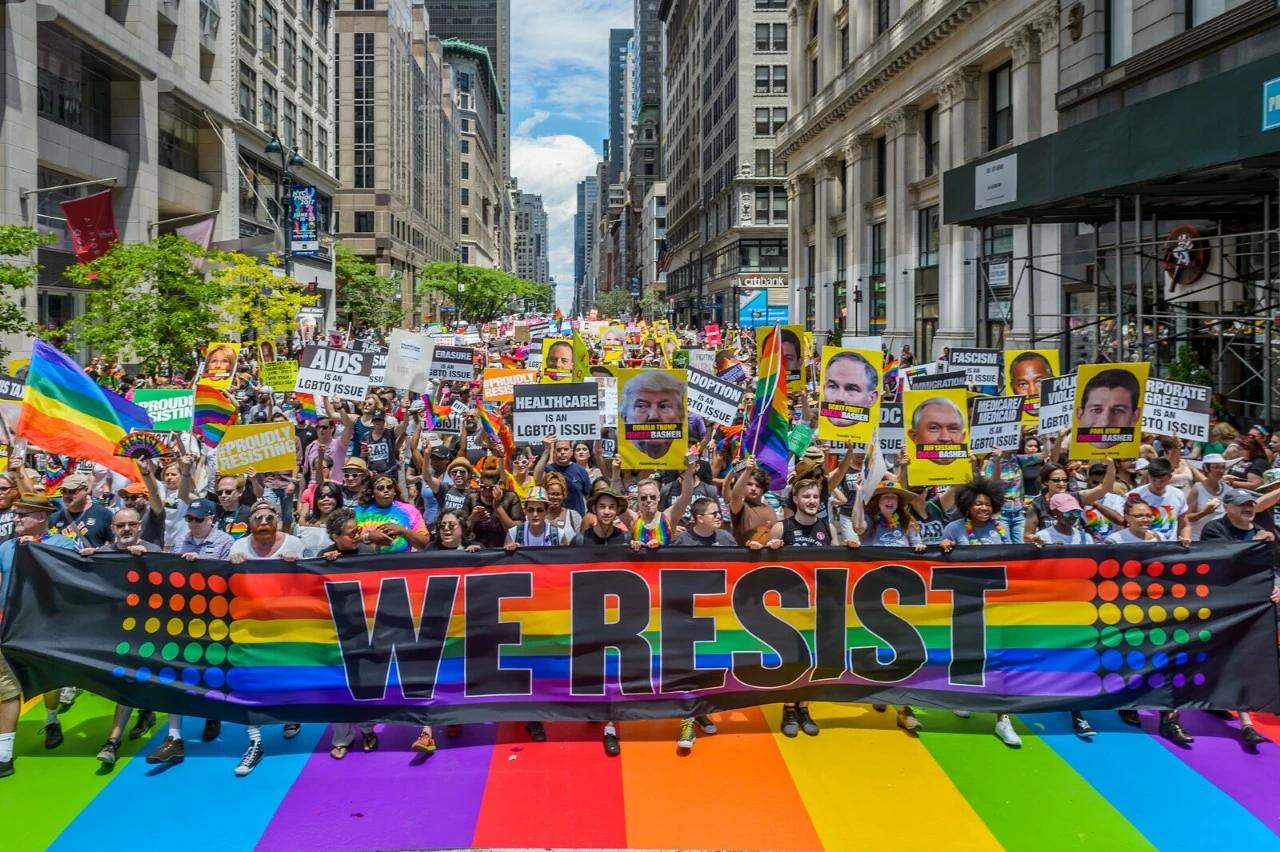 Erik uses a monopod with a camera set on a timer to get his high angle protest shots. Photo by Erik McGregor
Erik uses a monopod with a camera set on a timer to get his high angle protest shots. Photo by Erik McGregor
Two years later, Erik found himself at the epicenter of the Occupy Wall Street movement in downtown New York. “At first, I got involved purely as an activist. I was in the group that wrote the declaration of the occupation of New York city which was one the documents that sparked occupations around the world.”
“I started noticing that the regular corporate media would look for the most ridiculous looking subjects. So, to counter that, I would go around taking photos of things that the corporate media didn’t cover, like police abuse and showing that not everybody in the park were hippies; some were doctors and people like that.”
“I soon found that people started liking my photos, I think because I applied the compositional rules I had learned as a landscape photographer.”
Erik was emerging from his chrysalis as a landscape photographer, combining his passion for photography with his commitment as an activist. It was a transformation that determined the course of his professional career.
“I don’t see a separation between the role of the photographer and the activist,” says Erik. “We bear witness to the things that are close to our hearts. Otherwise, you’re just doing it for money. I wanted to show what was happening to my friends. Some were being brutalized and silenced.”
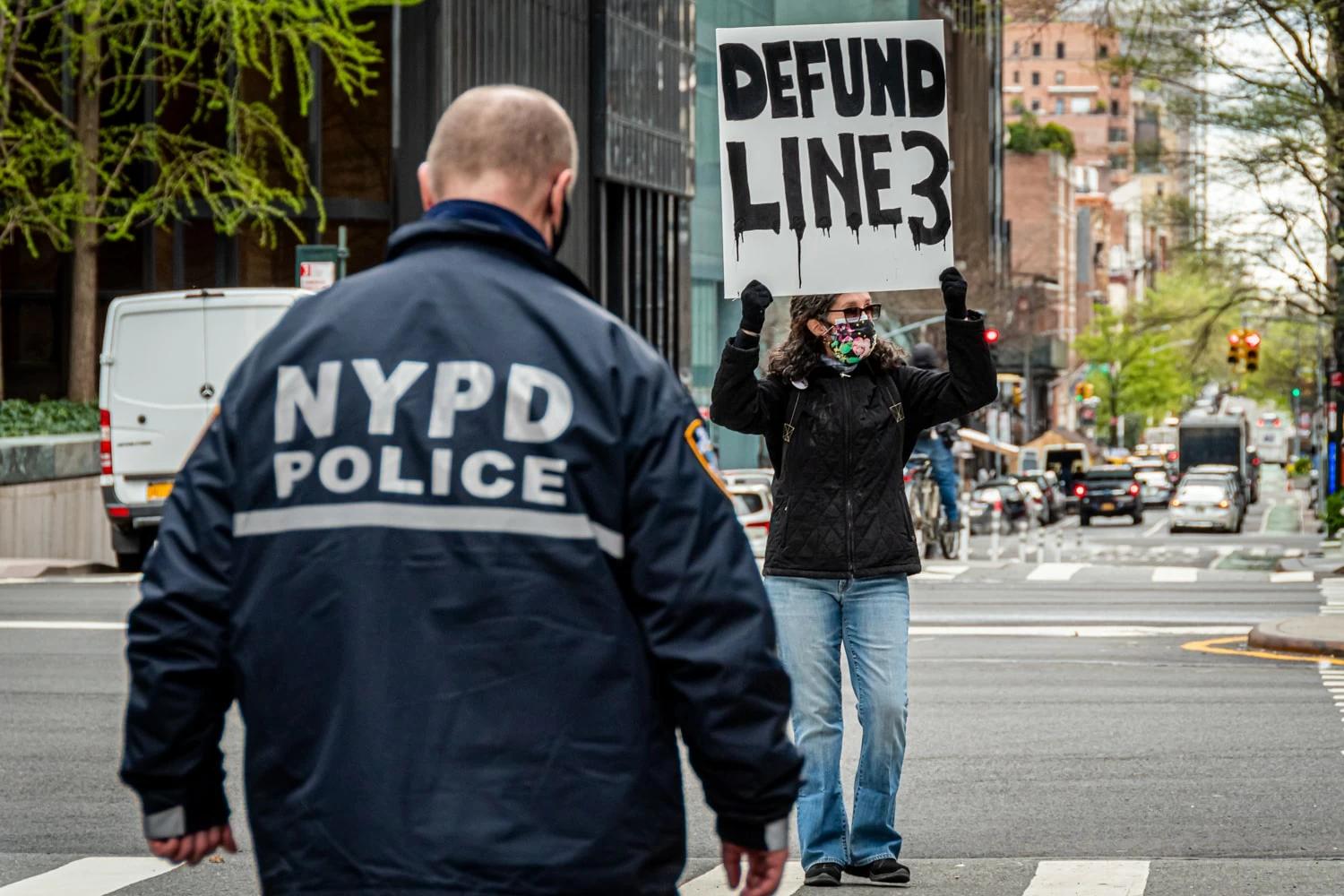 Photo by Erik McGregor
Photo by Erik McGregor
Eventually, a fellow activist recognized the value of Erik’s work and handed him an old Nikon D90 to replace his Lumix point-and-shoot. “As she gave me the camera, she said the pictures you are doing are amazing, you need better equipment.”
As the Occupy movement faded, new movements emerged and Erik began covering protests in different parts of the city. At first, he gave his pictures away to the protest organisers for free and sometimes had them published in the mainstream media in return for a credit.
“I still had my job,” remembers Erik. “the protests would often start after 4 pm so I would go after work. I soon learned that giving my work away for free wasn’t the right thing to do, so I taught myself how to watermark my images and got information about rates.”
Erik was becoming a professional photographer but he was still not interested in working for traditional media outlets. “They always wanted me to photograph violence or if somebody was injured. But that’s not the message I wanted to convey. So I decided to focus on the people who are creating social change.”
Today, Erik has become an established figure on the protest scene in New York. Through his dedication and integrity, he has become a trusted documentary photographer working for a wide range of social protest movements who pay him for his services, allowing him to remain true to his ideals while earning a living from his work. Erik is also a LightRocket contributor to Getty Images, ensuring his work gets a broad audience around the world.
What three pieces of advice would give to photographers starting out?
- First and foremost, anyone starting out in photography should know that it’s not a glamourous job. Be disciplined, work hard. I always try and deliver my work on the same day I shoot.
- Shoot different angles and always be aware of your backgrounds, so you avoid that mistake of having a lamp post coming out of the back of someone’s head.
- Get interested in your subject. I have established a relationship with the people I photograph and believe in the causes they are fighting for.
What’s your favorite lens?
My go-to lens is the 28-300.
What’s wrong with the industry that needs fixing?
I feel like the industry is too dominated by a few players and so ‘funneled’. It’s hard for photographers to get recognition. It’s hard to submit pictures to newspapers because a lot of the channels are closed so it’s really hard to break in.
You can see more of Erik McGregor’s fantastic work here.
Written by Yvan Cohen | Yvan has been a photojournalist for over 30 years. He’s a co-founder of LightRocket and continues to shoot photo and video projects around South East Asia.
Featured portrait of Erik McGregor by George De Castro Day
To read more helpful articles on photography, check out our blog page.
Join our growing photographer community at LightRocket and get powerful archive management and website building tools for free!
